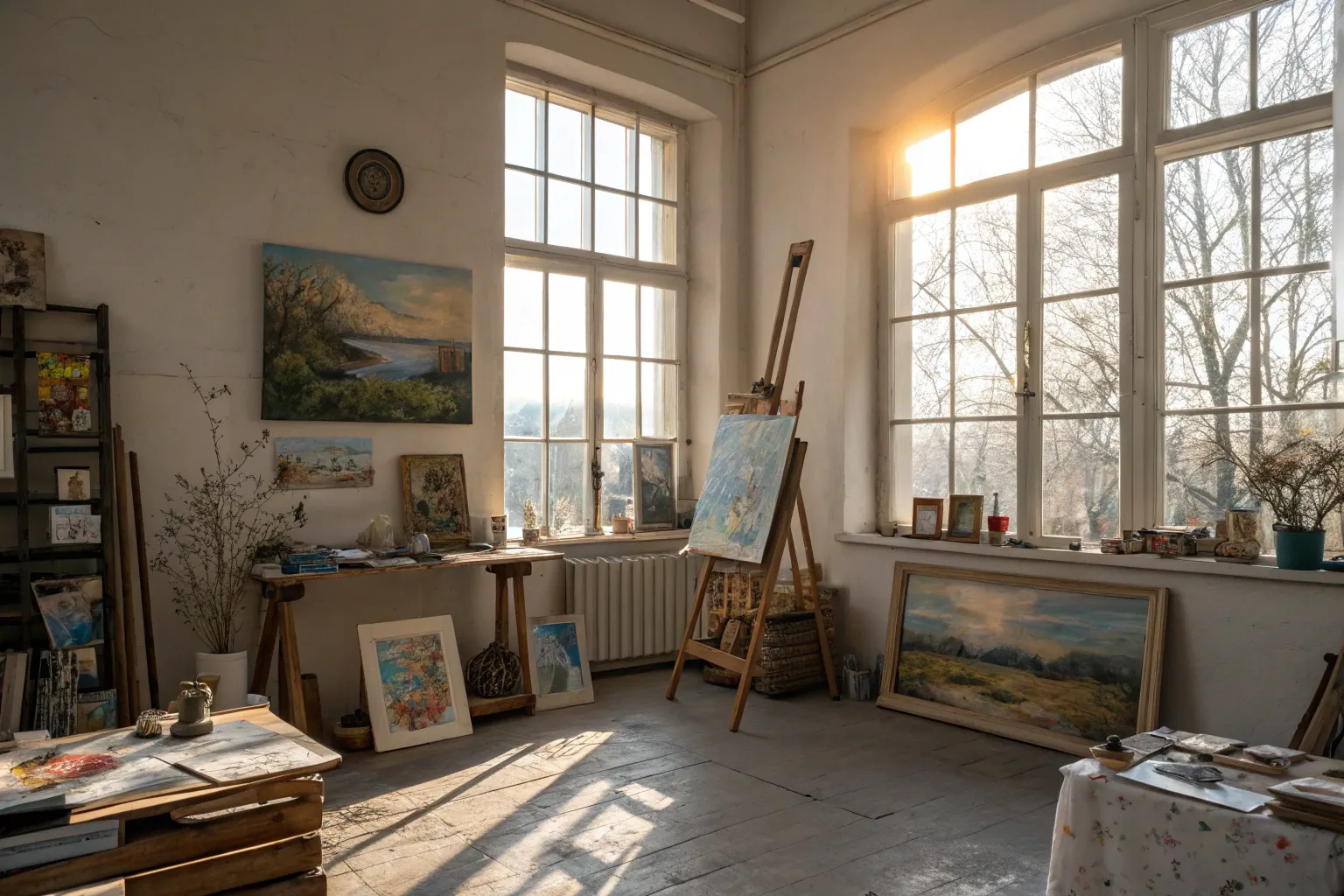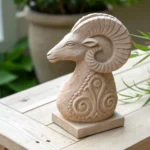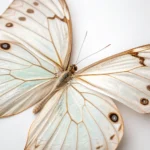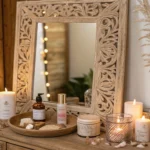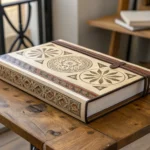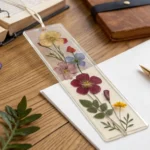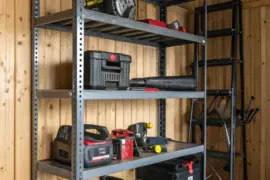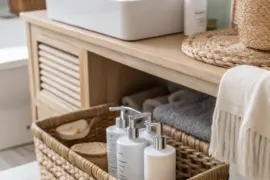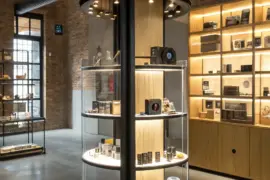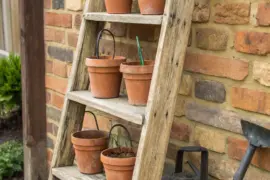Begin with curiosity and purpose. Ignite your creativity by choosing an object that sparked joy in your youth.
1. Selecting Your Memory Object
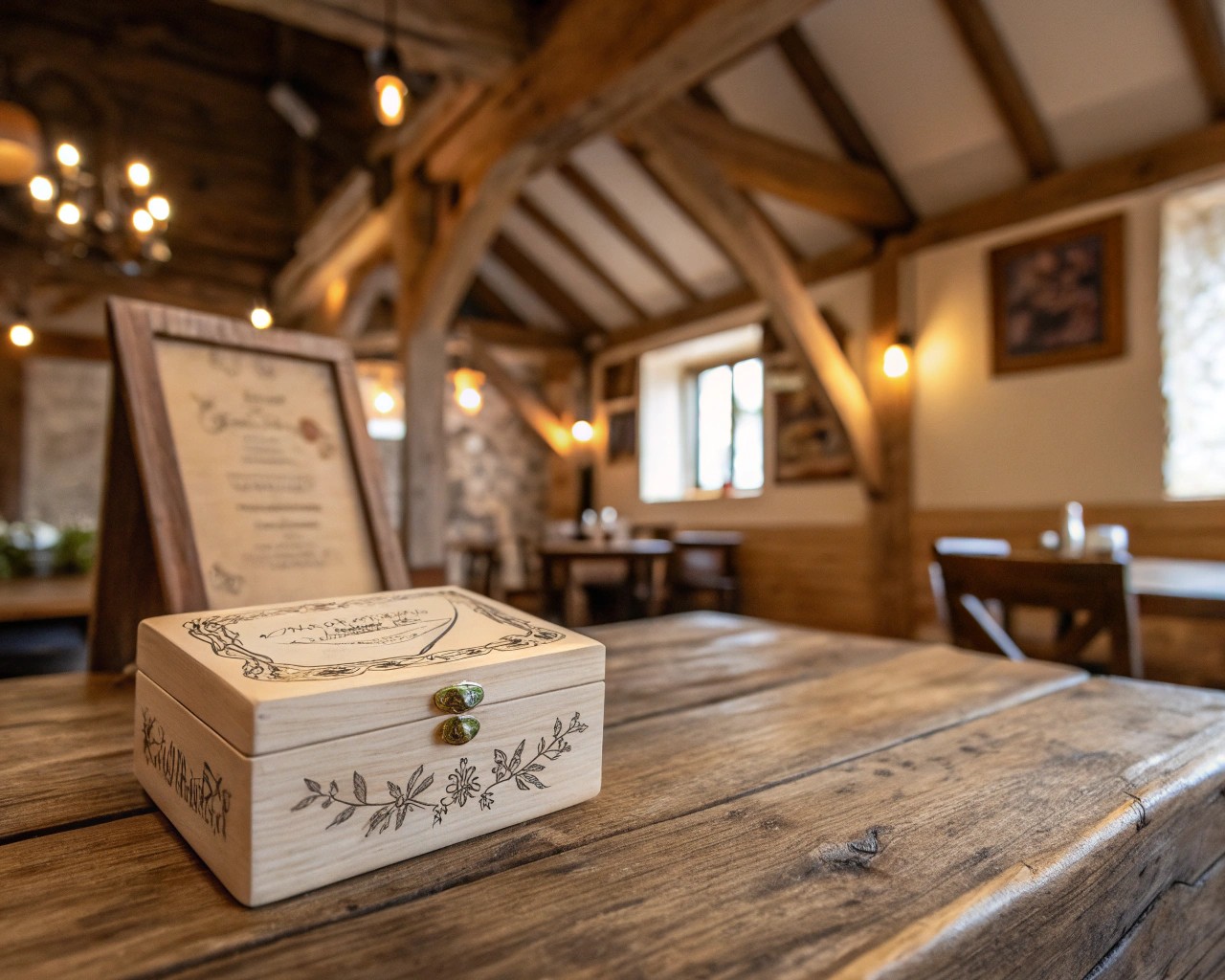
Choose something meaningful yet feasible:
- Visual appeal: a beloved toy, family keepsake, or handmade trinket
- Technical scope: materials you can source easily (wood, fabric, clay)
- Emotional connection: a piece that still brings warmth
2. Research & Reference Gathering
- Photograph or sketch every angle to capture proportions and details.
- Collect reference images online or from family albums.
- Note dimensions and color palettes in a simple table:
| Feature | Detail |
|---|---|
| Height | 4 inches |
| Primary Color | Pastel blue |
| Material | Cotton felt & stuffing |
| Distinct Mark | Embroidered star |
3. Material Selection & Tools
You need quality basics:
- Materials: fabric scraps, polymer clay, reclaimed wood, non-toxic paint
- Tools: fine-point scissors, sandpaper (120–220 grit), clay modeling tools
- Safety gear: dust mask, nitrile gloves
4. Creating Your Blueprint
- Draw a scaled outline on paper or foam board.
- Label curves, joints, and cut lines.
- Add notes on color transitions and surface texture.
5. Fabrication Techniques
A. Wood Carving (for solid objects)
- Transfer outline onto wood block.
- Rough-cut with a coping saw, then refine with carving gouges.
- Sand progressively from 120 to 220 grit.
- Seal with clear varnish before painting.
B. Fabric Crafting (for plush or textile items)
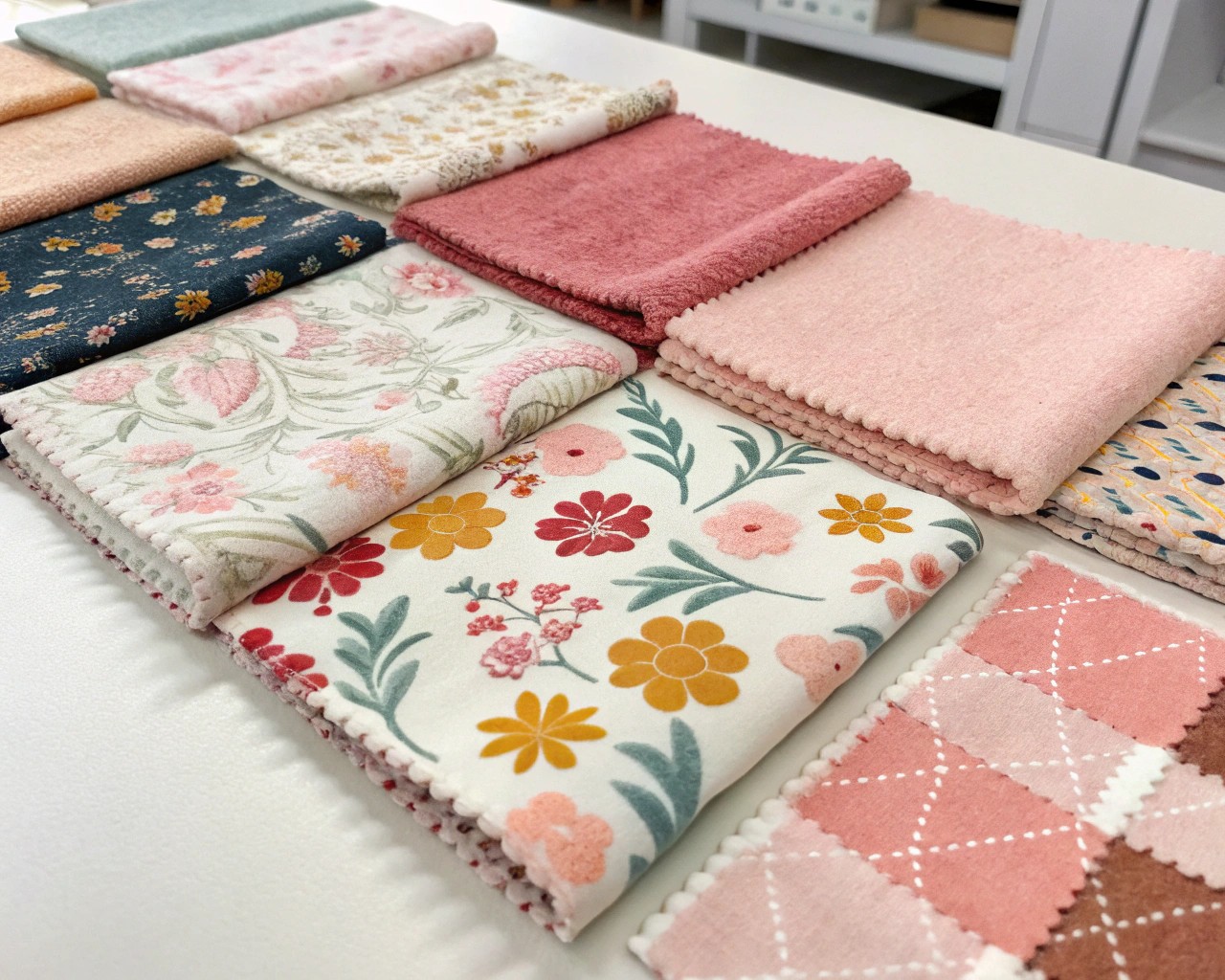
- Trace pattern pieces onto felt or cotton.
- Pin and cut with sharp shears.
- Stitch seams by hand or machine; use backstitch for durability.
- Stuff lightly to retain a soft, plump form.
C. Polymer Clay Modeling
- Condition clay until pliable.
- Sculpt basic shapes, blend seams with silicone shapers.
- Bake per manufacturer’s instructions.
- Sand baked surfaces and paint details with acrylics.
6. Color & Finishing
- Experiment with washes: dilute paint for a weathered effect.
- Use clear matte sealant to protect surfaces and maintain softness.
- Add patina with light sanding or dry-brush highlights.
7. Troubleshooting & Tips
- If proportions feel off, revisit your blueprint and use calipers.
- Uneven surfaces? Wet-sand with fine grit, then reapply finish.
- Need more stability? Embed wire armature before covering or stuffing.
8. Inspiring Examples
- Case Study: Sarah recreated her childhood teddy by combining needle felting and embroidery; the star motif on its chest now matches her daughter’s nursery décor.
- Sample Project: Build a wooden pull-toy car—start from pine, finish with non-toxic milk paint, then wax for gentle sheen.
9. Reflect & Display
Once complete, document your process with photos and notes. Share on social media or with family—memory-driven creations become heirlooms.
Embrace imperfections as part of your story: each mark reconnects you to those early moments of wonder.

